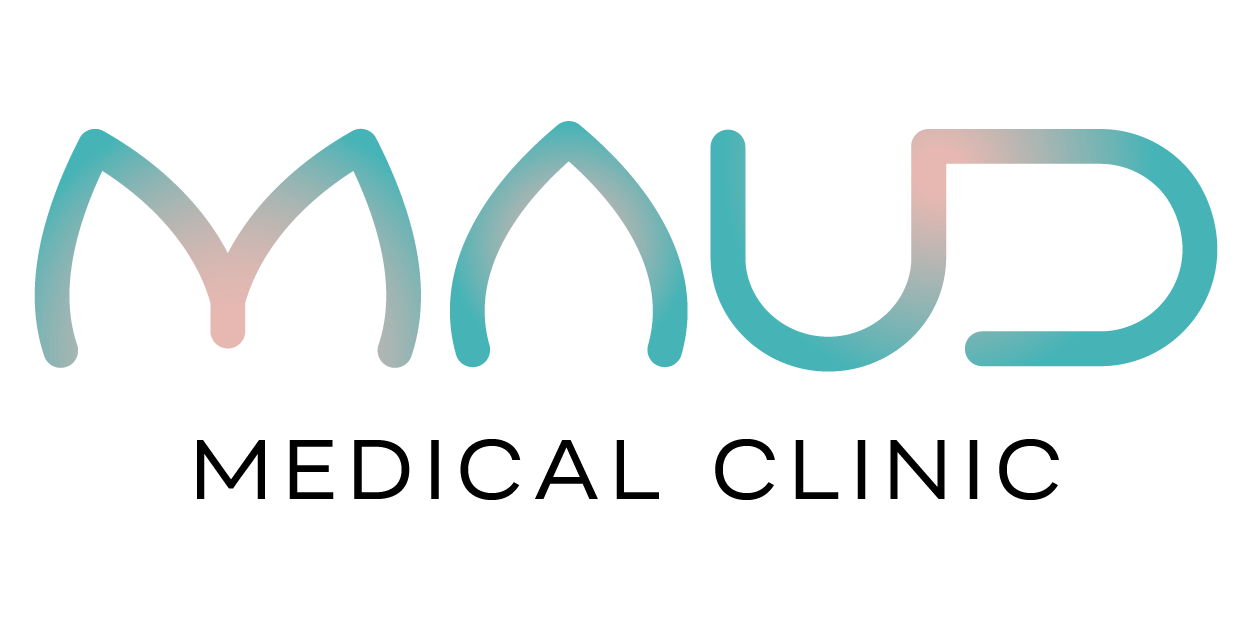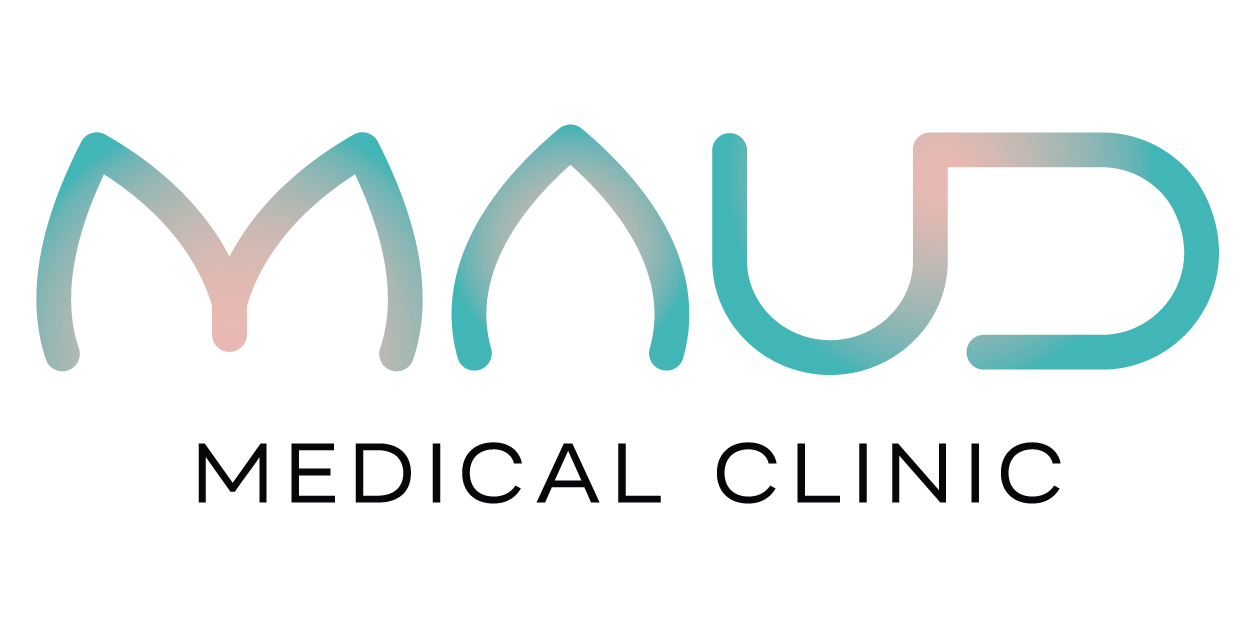Three Focus Areas For Leaders Building Equality For Women In The Workplace
Written by Maria Wu - founder of Maud Medical. Written for Forbes, read full article here
As more women fill the workplace and build businesses, organizations begin to listen and make slight adjustments to accommodate and support women employees. This support is crucial especially in light of the known positive impacts diversity can have on your bottom line. For business development leaders, supporting diversity, and in particular women in the workplace, can help your business grow.
It is incredible to see that in 2021, the number of female CEOs in Fortune 500 companies broke a record. However, this new high translates to only 8% of Fortune 500 company CEOs identifying as females.
This number feels staggering and clearly shows a need for more equality at every level. How do business leaders support a place where diversity is welcome? More specifically, how do we provide a space for women to be in positions where growth decisions are made?
Start With Equitable Hiring
Research shows that the hiring process can be biased and unfair. Racism, ageism and sexism are unconsciously leading decision-makers. Hiring managers must learn to de-bias their procedures.
1. Think about what your personal biases are. Ask yourself, “Do I have any personal prejudice?” Understand that your own personal bias ultimately can leak into the hiring standards and shapes the company’s culture.
2. Speak openly about your bias to a trusted individual. This brings awareness and will unravel more unconscious bias which helps open yourself to a new way of thinking.
3. Look over your job listings and ask “Is this attracting diversity and the culture I want for the company?” Words such as ‘competitive’ could be replaced with 'cooperative' or 'collaborative.'
4. Try blocking the applicant's name and gender, or having HR do it for you.
5. Provide skills tests for applicants to complete and use those results to determine potential candidates.
6. Consider standardizing your interview questions to focus on the factors that have a direct impact on performance. Oftentimes, unstructured interviews can create bias as we naturally lean toward likability over performance.
7. Set diversity goals for yourself and for the company. Be mindful of who and how you showcase these goals as they are, at times, controversial. For example, an indigenous employee may be perceived as hired because of their race.
Build A Safe Environment For All
In the past decade, women have progressively found higher standards in the workplace. Since the '#metoo' movement and even before, women found ways to voice their concerns, create boundaries and speak up for equality. This does come with challenges as a company’s historical culture may not have adapted fully to this empowerment.
Create a sexual harassment policy that defines sexual harassment, form a zero-tolerance approach, educate on inappropriate conduct and outline consequences.
Ensure every member of the organization is aware of the harassment policy. This can be done by adding to employee contracts.
Raise awareness by creating a wellness program that encourages physical and psychological health for all.
Show that your company fights against violence and discrimination against women by doing fundraising events to supporting charities.
Identify a clear path of individuals whom one could turn to for confidential help. It would be wise to choose a variety of individuals at all levels of management.
Create an internal complaints committee (ICC) specifically for women’s safety. Some countries have made it compulsory for both private and non-private companies to have an ICC.
Support A Welcoming Environment
Take a look around the workplace — is there room for improvement? Minor adjustments can be made to show that your organization cares and understands women's needs. Ensure there is proper infrastructure for disposal of period products and make these products available, even if simply for purchase. Consider an 'expectant mother' parking space closer to the office entrance and ensure there is space for breastfeeding and/or pumping inside the office.
In Summary
I end with a quote by Ruth Bader Ginsburg: "Women belong in all places where decisions are being made. It shouldn't be that women are the exception."
These are only tips based on my own experiences. I encourage you to communicate with your team and work toward change. Remember that real change happens one step at a time. It begins with a first step.
- Maria Wu for Forbes Business Development Council

